Welcome to Sofia
Sofia is the capital and the biggest city in Bulgaria. With a history that stretches over seven millennia, it is one of Europe’s oldest cities.
Today, Sofia is a dynamic European capital, distinguished by its mixture of golden-domed Orthodox churches, Roman ruins and unique combination of European and communist architecture. Home to many of Bulgaria’s finest galleries, boutiques, restaurants and clubs, Sofia may persuade you to stick around and explore further.
Sofia Landmarks
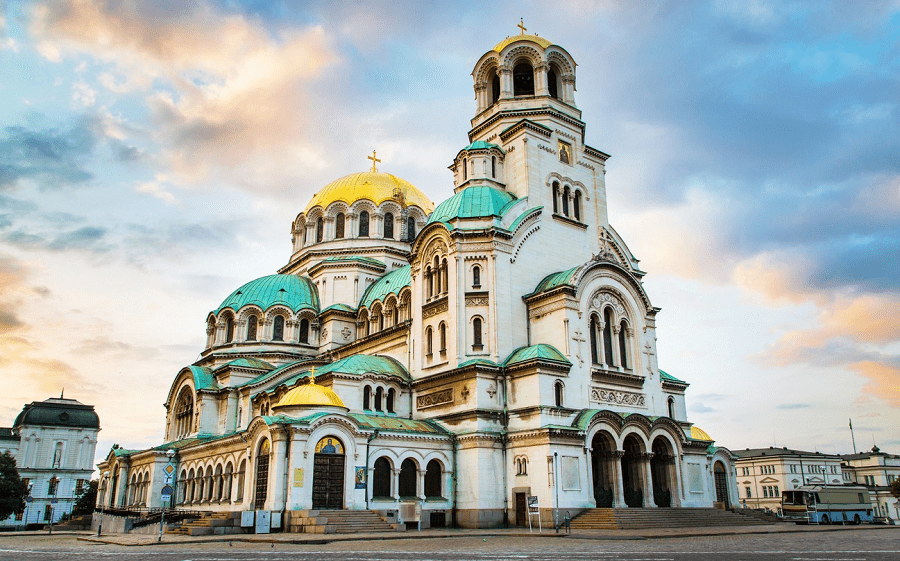
Sofia Churches
Sofia is proud with its absolute abundance of churches. The main religion is the Bulgarian Orthodox Christianity. One of the symbols of the city is the awe-inspiring Alexander Nevsky Cathedral built in the late 19th century in memory of the soldiers who died fighting for Bulgaria’s independence. Among the highlights is Saint Sofia church – the capital’s oldest church that gave the city its name. Another church worth visiting is the Boyana church, located at the foot of Vitosha mountain. It is included in the Unesco’s World Heritage list and it impresses the visitors with its 90 murals which are among the very finest examples of Bulgarian medieval artwork.
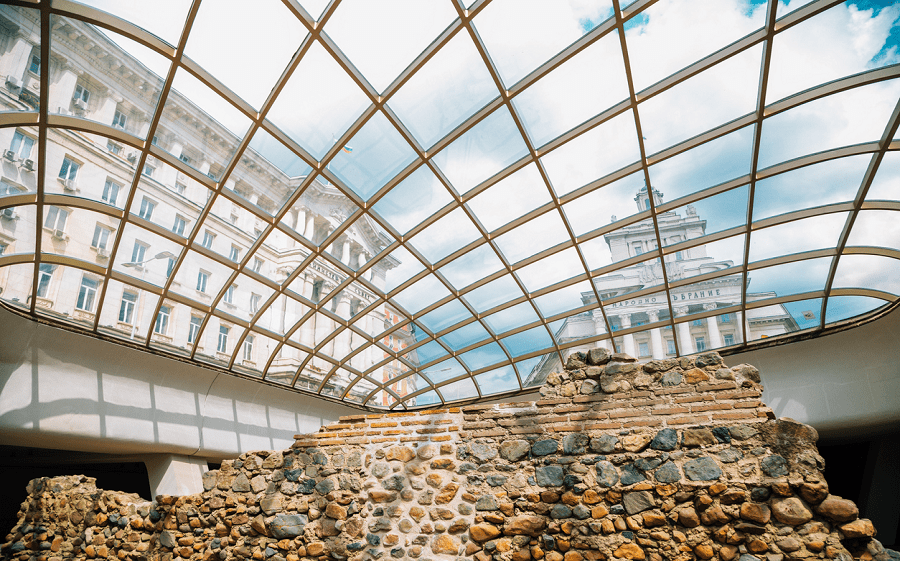
Ancient Serdika Complex
The Ancient Serdica archaeological complex displays the remains of the Roman city, Serdica that once occupied this area and is offering visitors a glimpse into the city’s ancient Roman past. The remains are largely below street level and were unearthed during the construction of the metro. The complex consists of several streets, an early Christian basilica, baths and buildings with residential, production and trade functions dating from the 4th to 6th centuries. Among the highlights of the complex is the Felix mosaic, which is entirely preserved and the Decumanus Maximus, which would have been the main street in Roman times of the city that later would become Sofia.
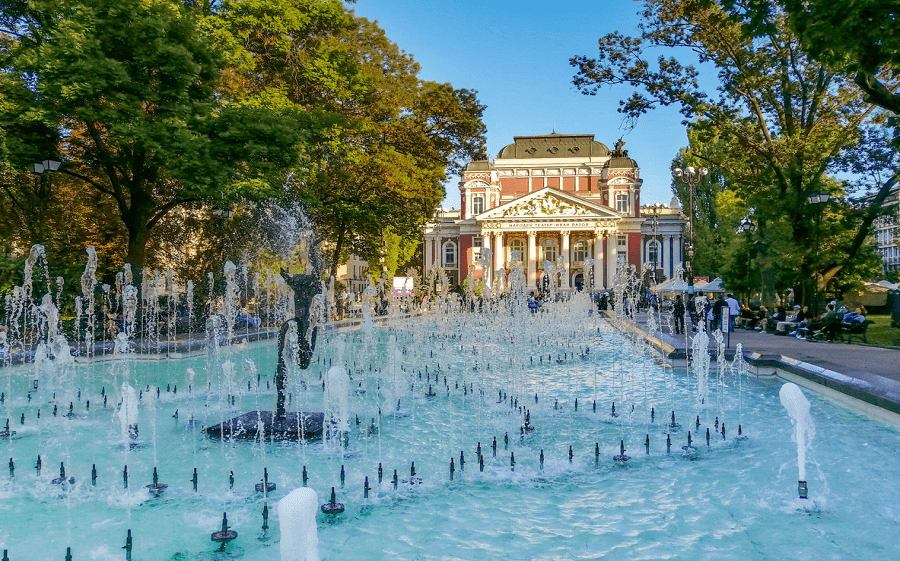
The City Garden
The City Garden is Sofia’s oldest and most central public garden. The Garden is a place of culture as it is surrounded by the National Art Gallery, the City Gallery, the National Theater, the Bulgarian National Bank and the Ministry of Defense. The symbol of the garden is the fountain with a sculpture of a female dancer in front of the National Theatre. You could enjoy the view and feel the atmosphere in one of the various cafés in the garden.
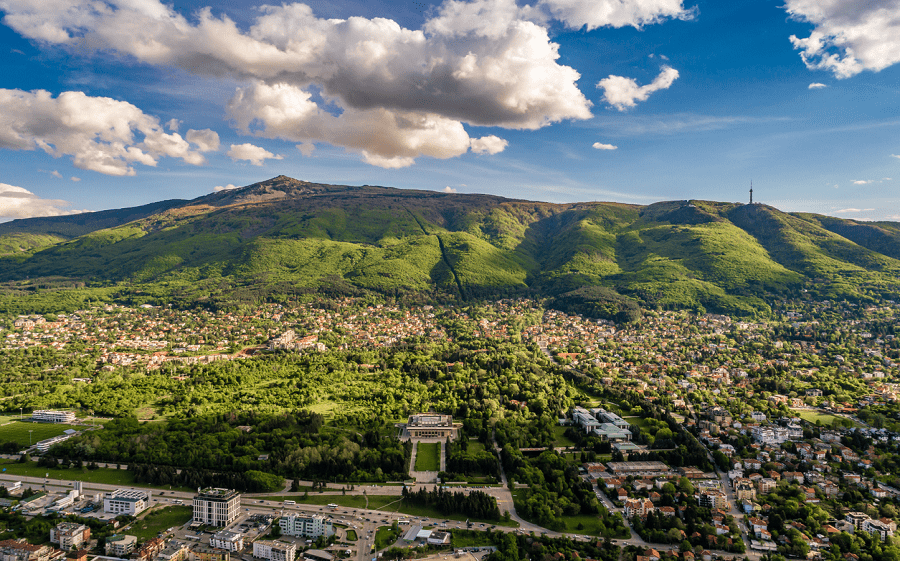
Vitosha Mountain
Sofia’s location, at the foothills of the Vitosha mountain, further adds to the city’s specific atmosphere. Its imposing silhouette is visible from almost everywhere in the city and has become an inseparable part of Sofia’s image. The mountain has a well-built tourist infrastructure and provides excellent conditions for hiking and trekking all the year round, ski sports, paragliding and mountain biking. There are lots of mountain chalets and hotels and the mountain is easily accessible by public transportation from the city.

Saint Sofia Statue
A 24 meter high bronze statue of St. Sofia rises right in the heart of the Bulgarian capital. The statue is located right across the Batenberg square where almost all of the government buildings are and it was designed by the local sculptor. St. Sofia is considered the patron saint of the Bulgarian capital. Sofia means “wisdom” in Greek, and this is why she is depicted holding an owl in her left hand – the symbol of wisom, and a laurel wreath in her right hand.

Vitosha Boulevard
Vitosha Boulevard is the main shopping street in Sofia. The busiest part of the boulevard is a pedestrian zone and it stands out with its colorful cobblestones. There is an abundance of shops, cafes and restaurants where you could relax and feel the beating heart of the city. During your stroll you could see some of the notable buildings in the city such as the National Palace of Culture, the Palace of Justice and St. Nedelya church.
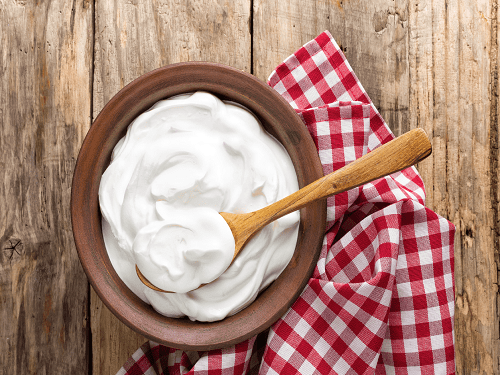
Bulgarian cuisine
Bulgarian cooking traditions are very diverse due to the long and rich history of the country as well as the mild climate suitable for a variety of vegetables, herbs, and fruits. Salads are frequently served as appetizers, and main courses are typically stews, either vegetarian or with lamb, veal, chicken or pork. The country is notable as the historical namesake for Lactobacillus bulgaricus, a microorganism responsible for the local variety of dairy products.
Useful Links
- Sofia Free Walking Tour – Twice a day tours in English and Spanish; meeting point in front of the Palace of Justice
- Tourist information centers in Sofia – you could get a free map of the city and receive detailed information about your stay
- Sofia Public Transportation Information – detailed information on the routes and schedules of the public transportation in Sofia, and parking options in the city center